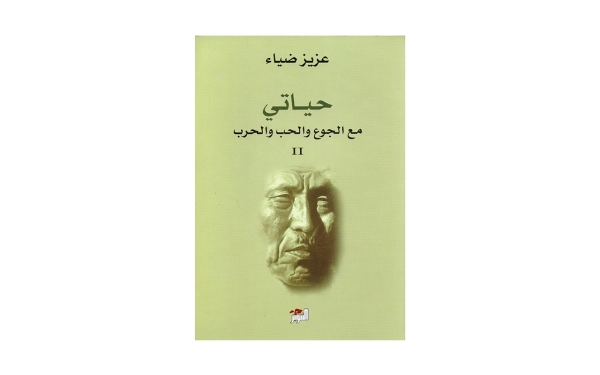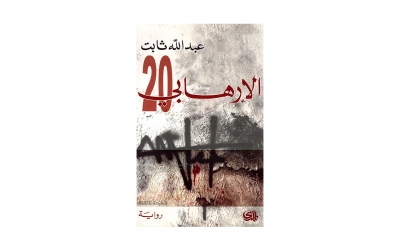

My Life with Hunger, Love, and War is a book by Saudi writer Aziz Diya, published in 1993. It is classified as autobiographical literature and consists of three volumes. The book chronicles the author's early childhood experiences during World War I in al-Madinah al-Munawwarah, where he was born and raised, and later when his family moved to the Levant. It is regarded as one of the most significant autobiographical works in the Kingdom of Saudi Arabia.
About My Life with Hunger, Love, and War Book
The content of My Life with Hunger, Love, and War Book was initially published in Iqraa Magazine and al-Yamamah Magazine between 1985 and 1990. It was later compiled into a two-part book, published in 1993, with the third part released in 2002. The second edition of the book, in two parts, was published by Dar al-Tanweer in Beirut in 2012.
My Life with Hunger, Love, and War Book is one of the most important autobiographical works in Saudi Arabia because it achieves many factors that helped it to be a good artistic autobiography. These factors include chronological progression, attention to character development, depiction of conflict, mastery of dialogue, and attention to tight detail, reflecting the author's deep understanding of the proper artistic model for writing autobiographies.
Highlights from My Life with Hunger, Love, and War Book
Aziz Diya emphasized the role of dialogue in narrating his autobiography "My Life with Hunger, Love, and War." Through dialogue, he depicted events, highlighted ideas, shaped characters, and provided readers with the limits of time and place. He adopted it as a means of conveying feelings and emotions and accelerating the course of events. He employed colloquial language in dialogue and focused on analyzing and portraying the psychological impressions of the characters, using gestures, facial expressions, and the way of speech.
This autobiography has significant social value. It describes the hunger that afflicted people during World War I. It also explores the prevailing beliefs and concepts of al-Madinah al-Munawwarah's society at the time. Furthermore, the author describes markets, houses, and traditional men's and women's clothing.
Related quizzes
Related articles

